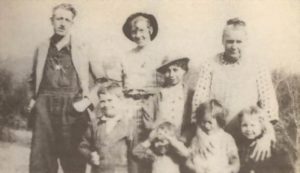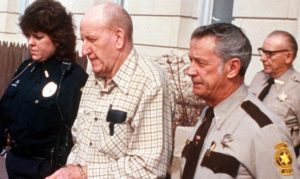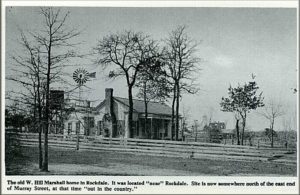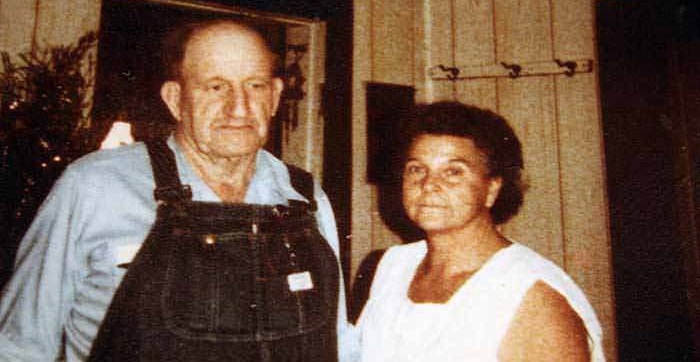Faye Della Wilson Copeland and Ray Copeland became, at the ages of 69 and 76 respectively, the oldest couple ever sentenced to death in the United States. Take a look below for 27 more interesting and bizarre facts about Ray and Faye Copeland.
1. They were convicted of killing five drifters at their farm on Mooresville, Missouri.
2. When Faye’s sentence was commuted to life in prison in 1999, she became the oldest woman on death row.
3. Ray was born on December 30, 1914, during the beginning of World War I. He and his parents, Jess and Laney, moved around the country commonly during his childhood, until they settled in the town of Ozark Hills, Arkansas.
4. As a young man, Ray began a life of petty crime, stealing livestock and forging checks, until he was caught and served a year in jail.

5. After his release in 1940, he met Faye Wilson, and they married soon afterward.
6. The couple had several children and, thanks to Ray’s criminal reputation, had to keep moving their family around while money was tight.
7. Ray would pick up drifters and hobos and employ them as farmhands on his property in Mooresville, Missouri. He would then take his employees to the market, where they would use his bad checks to buy cattle for him, which Ray would then sell.
8. For a while, their scam worked, but the police caught up to them and Ray was once again sent to jail.
9. When Ray was released, the couple resumed their criminal activities, but this time, he made sure that his farmhands weren’t as connected to him as before.
10. The new scam worked until a previous employee, Jack McCormick, called the Crime Stoppers hotline in August, 1989, and told them about the Copelands.

11. McCormick claimed that he had seen human bones on their farm while he was employed there and that Ray had tried to kill him.
12. In October, 1989, the police visited the Copeland farm armed with a search warrant, dozens of officers and a team of bloodhounds.
13. Initially, the police didn’t find any incriminating evidence, but after further searching, the bodies of three young men were found in a nearby barn.
14. As the police continued their search, more bodies were found, all killed with the same weapon: a .22 caliber Marlin rifle that was later found in the Copeland home.
15. When Faye went to trial in November, 1990, her defense mounted on a picture of her as a dutiful wife and mother who had endured beatings and general ill-treatment from her husband.
16. The jury ended up convicting Faye of four counts of murder and one count of manslaughter.
17. Faye was given four death sentences for the murders and life without parole for the manslaughter.

18. In March, 1991, Ray went on trial, was convicted of five counts of murder and sentenced to death.
19. Upon hearing that Faye had been sentenced to death by lethal injection as well, he showed no emotion and said, “Well, those things happen to some, you know.”
20. Ray died of natural causes on October 19, 1993. His body was cremated.
21. Faye’s attorneys appealed her conviction, contending that the jury had not been allowed to hear evidence that Ray had abused her for years.
22. On August 6, 1999, Judge Ortrie Smith overturned the death sentence, but let the convictions stand and commuted her sentence to five consecutive terms of life without parole.
23. On August 10, 2002, Faye suffered a stroke which left her partially paralyzed and unable to speak.

24. A few weeks after stroke, in September, 2002, Governor Bob Holden authorized a medical parole for Faye, fulfilling her one wish that she not die in prison.
25. Faye was paroled to a nursing home in her hometown of Chillicothe, Missouri, where she died of natural causes at the age of 82.
26. Faye left behind five children and seventeen grandchildren.
27. The Copelands’ story has been fictionalized in comic book “Family Bones,” written by Faye’s nephew, Shawn Granger.




